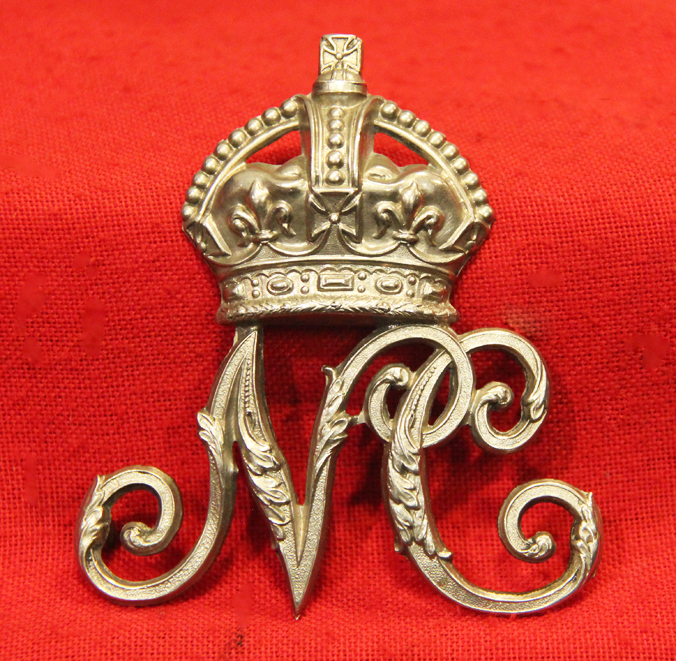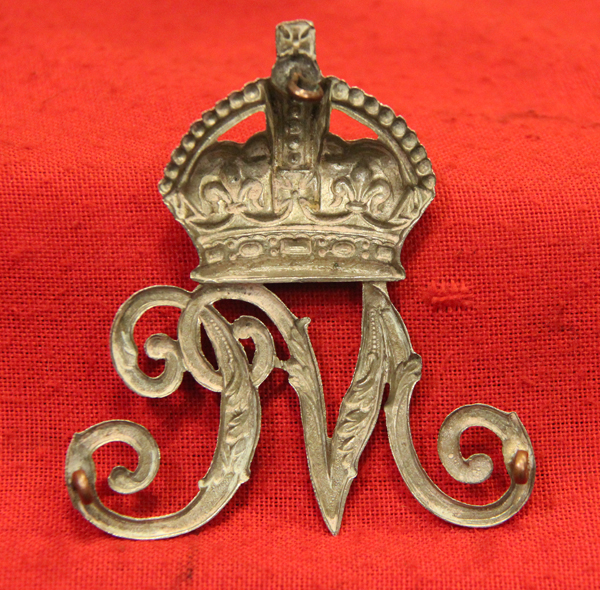Natal Carabiniers Other Ranks Helmet Plate Circa 1901-13. South Africa
Boer war period. A good die-stamped example. Crowned floreated "NC" cypher. Three loops to reverse. VGC. The Natal Carbineers participated in the invasion of Zululand in January 1879, and on 22 January, 23 members of the Regiment perished in the famous battle of Isandlwana. The unit was subsequently relegated to garrison duties at Landman?s Drift on the Mzinyathi, or Buffalo River.
South Africa, 1899?1902
Main article: Second Boer War
In September 1899, the Natal Carbineers were mobilized for active service in the British campaign to subdue the Boer republics of the Transvaal and Orange Free State. The Regiment served until October 1900, when the Natal Volunteer Forces were demobilized. Some men continued their service in the Volunteer Composite Regiment until the end of the war in May 1902.
Ladysmith, KwaZulu-Natal: From 2 November 1899 until 28 February 1900, the bulk of the Natal Carbineers was besieged in Ladysmith, and played a prominent part in that famous engagement. The most prominent military action was the attack by Colonial Forces on the Boer artillery emplacement at Gun Hill on the night of 7?8 December 1899. The Regiment lost heavily from the diseases that ravaged the garrison. A solitary squadron of the Natal Carbineers, the Estcourt-Weenen Squadron, avoided the siege of Ladysmith, and instead participated in the relief operations of Sir Redvers Buller as part of Hubert Gough's Composite Regiment. This squadron?s most notable military action of this period was the disastrous battle of Colenso on 15 December 1899, when four men were killed. These were their most serious losses for any one action during the Anglo-Boer War. Height 3 inches, width 2.75 inches
Code: 21474
125.00 GBP


